
OR
Nepal has been spending a lot of money for public education. In fiscal year 2017/18, the country allocated Rs 126 billion. This fiscal year, of the Rs 1.53 trillion national budget, Rs 163.76 billion was earmarked for pre-primary to university level education for all three tiers of government. This is a big money by any standards though Nepal has not been able to meet its commitment at various national and international forums to allocate 20 percent of national budget for education sector. There are various programs the government has launched in collaboration with donor agencies for enhancing learning in public schools. But the results of such investments have been disappointing. This reflects starkly in the national review of government investment in school sector development conducted by Ministry of Education, Science and Technology. The review shows that 72 percent of students in Grade 5 lack basic minimum learning in mathematics and 55 percent of students of the same grade cannot construct a proper sentence in Nepali language. Which means most of fifth graders in Nepal’s public schools cannot do basic math and cannot write and read basic Nepali.
This raises serious questions about our public schooling system. What are our schools teaching if their students cannot do basic math and Nepali even five years after attending schools? Where is all this investment in public school system going? When the state invests billions of rupees for education and we cannot achieve learning outcomes it means the state is losing money for nothing. In 2016, the government came up with an ambitious seven-year School Sector Development Program and started implementing it to improve the educational standards of school children. Under this project, out of the total budget of Rs 1,058 billion, the government has already spent over Rs 372 billion as of fiscal year 2018/2019. Besides, the government has already spent Rs 2.25 billion over the past six years on teacher training. All that we get in outcome is poor results in vital subjects like Mathematics and Nepali.
Review studies show that children in Province 2 are good in Math, those in Gandaki Province are doing much better in Nepali and students in Karnali Province are poor in both Math and Nepali. In this context, both federal and provincial governments have to work to create policies as per the specific needs of provinces and regions. It goes without saying that most public schools in Nepal still do not have competent subject teachers. And students have to rely on whoever is handy. Besides, as educationists have long been pointing out, teachers in public schools are not sincere enough in teaching because they can get away without doing their jobs due to political affiliation, even patronage. Lack of proper infrastructure and unavailability of textbooks and learning materials have remained perennial problems. And barring few exceptions, provincial and local governments have not been working to enhance the quality of learning in public schools. The constitution has granted local governments powers to devise educational policies, including curriculum, to enhance quality of learning. If the local governments focused on enhancing learning, it would help in reducing failure rate. As we have been writing in this space, political class has not taken the much-needed initiatives to improve learning in public schools. If they did, we would not have to see young students fail in basic learning.
You May Like This

On education, keep your promise
Nepali politicians fail to keep their promises, most of the times. They promised us prosperity and development, but they are... Read More...
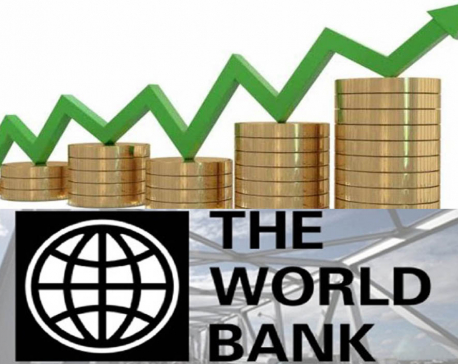
Complete education, full health could double Nepal's GDP per capita: WB
KATHMANDU, June 7: Nepal has the potential to double its Gross Domestic Product (GDP) per capita in the long run if... Read More...

Make Nepal shine in Davos
Prime Minister K P Sharma Oli left for Davos, Switzerland on Sunday for the annual meeting of the World Economic... Read More...
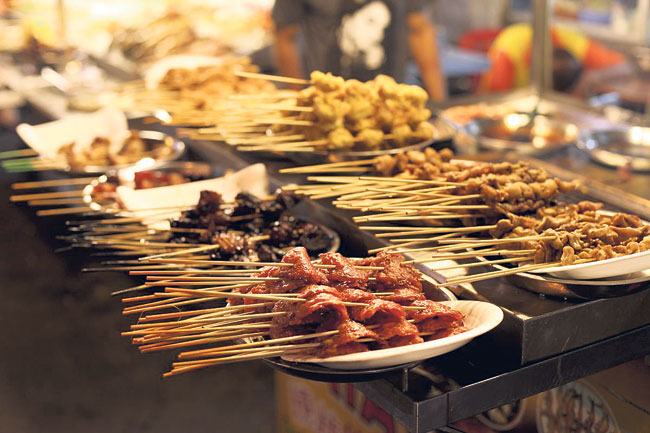
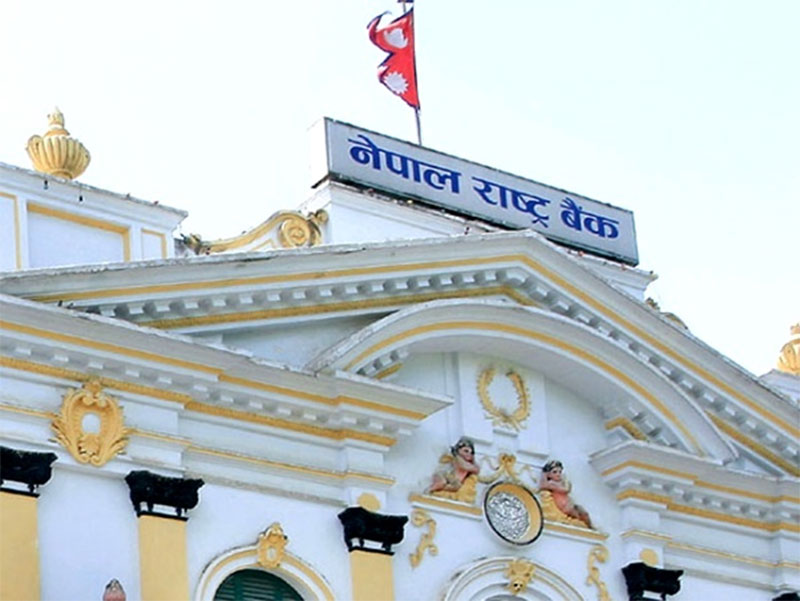


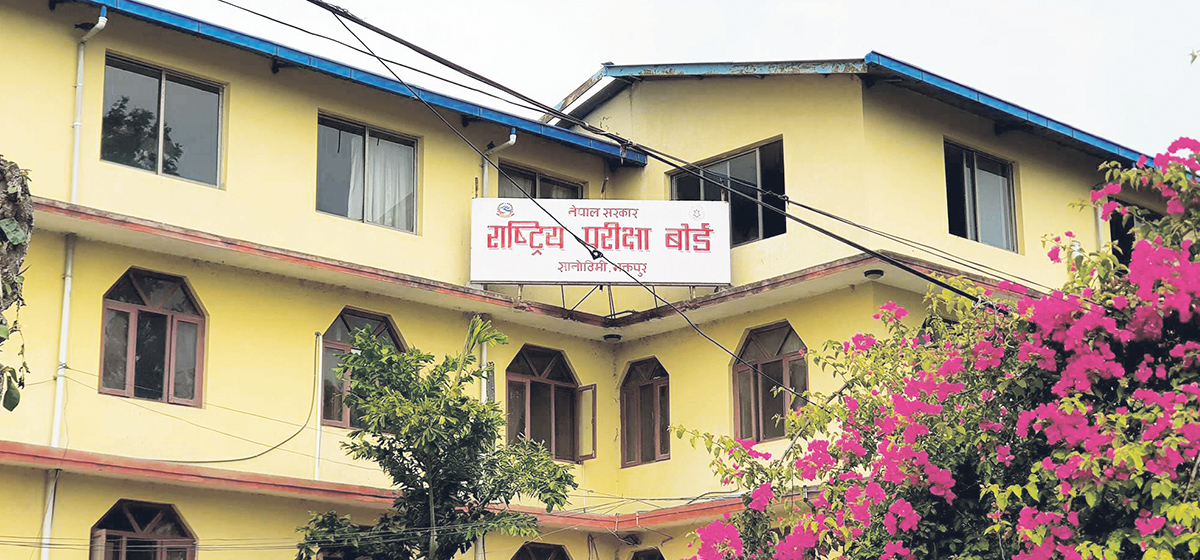

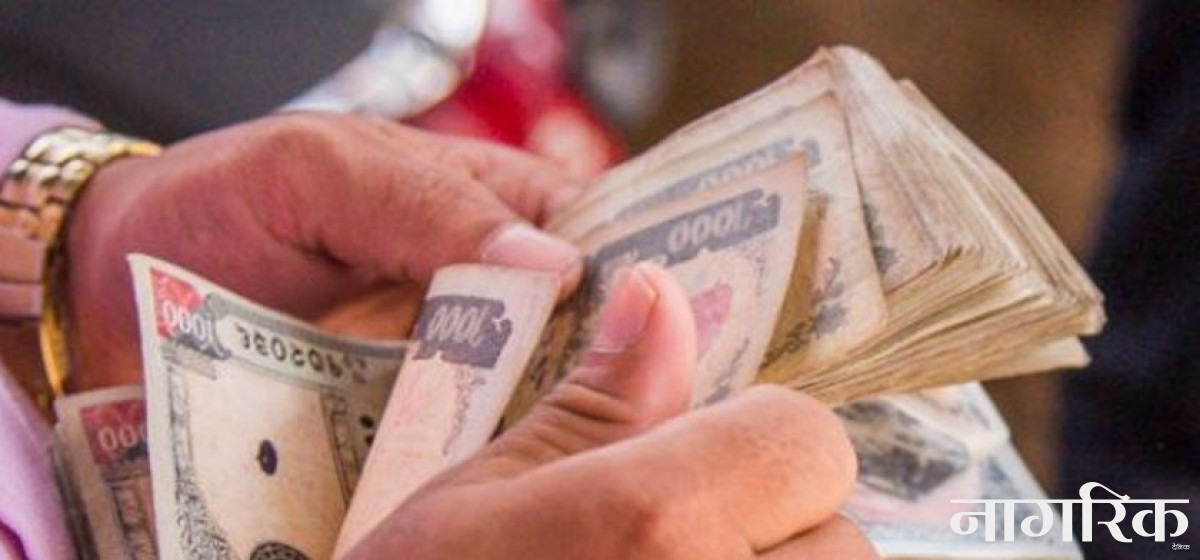
Just In
- NRB to provide collateral-free loans to foreign employment seekers
- NEB to publish Grade 12 results next week
- Body handover begins; Relatives remain dissatisfied with insurance, compensation amount
- NC defers its plan to join Koshi govt
- NRB to review microfinance loan interest rate
- 134 dead in floods and landslides since onset of monsoon this year
- Mahakali Irrigation Project sees only 22 percent physical progress in 18 years
- Singapore now holds world's most powerful passport; Nepal stays at 98th



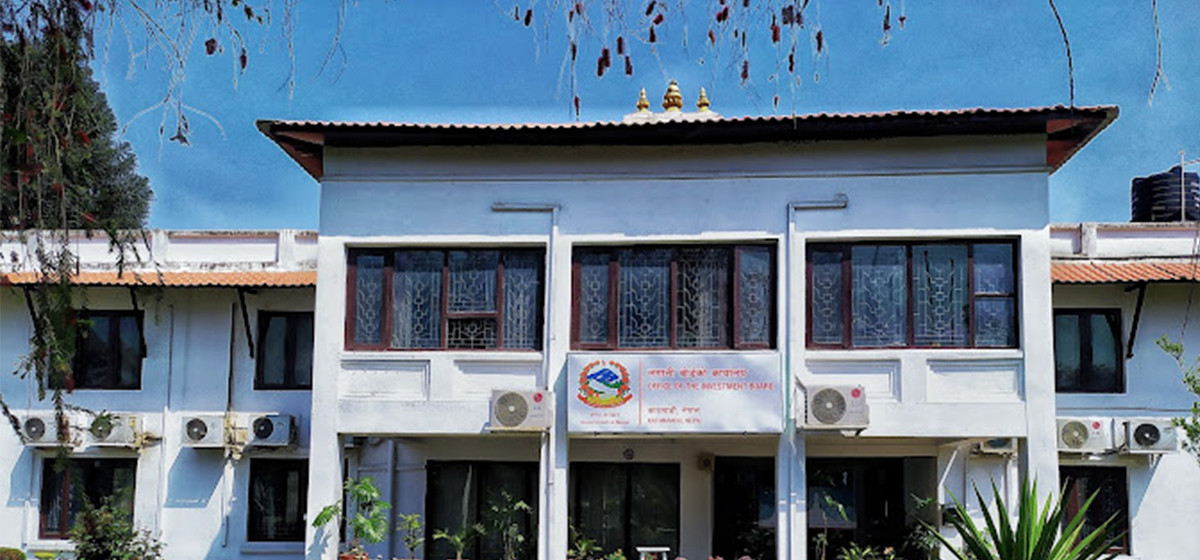


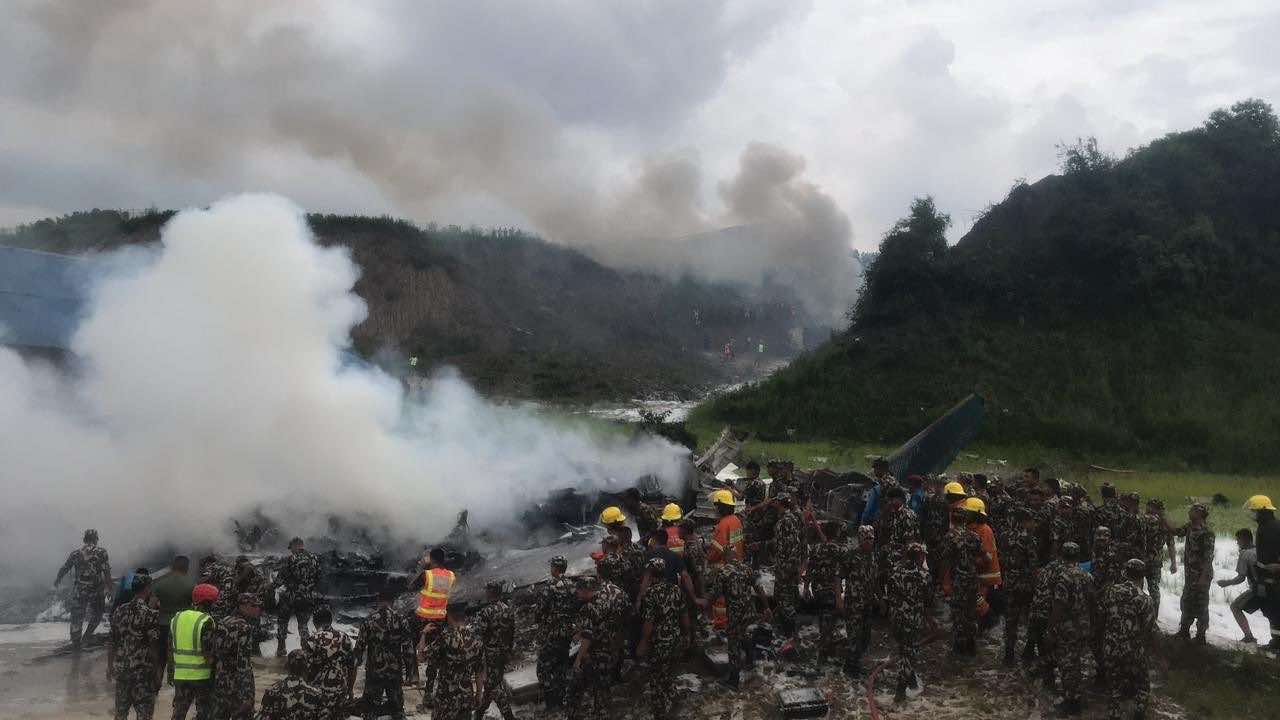
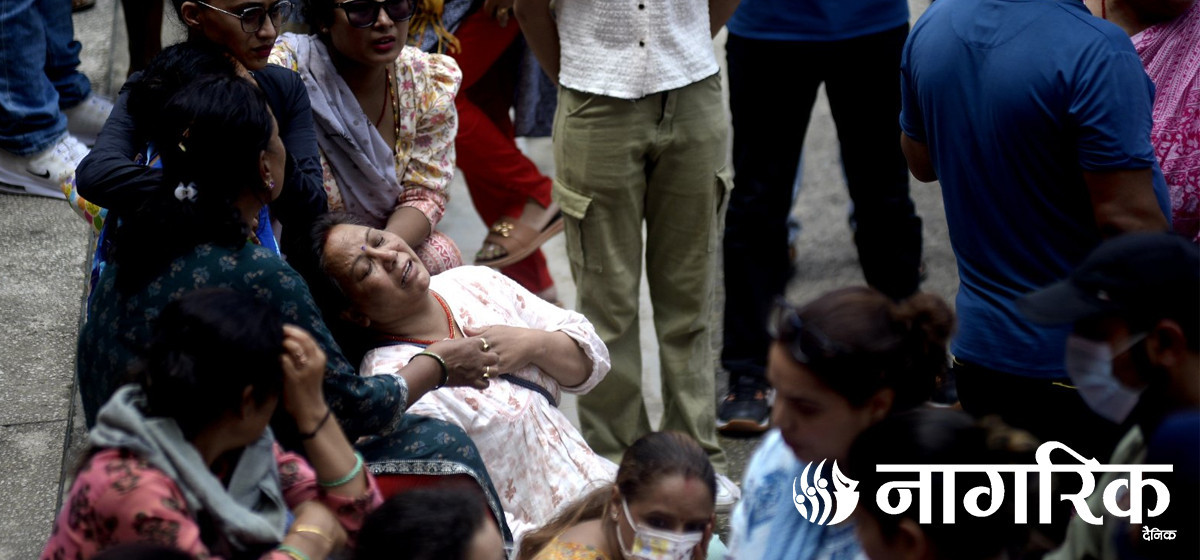


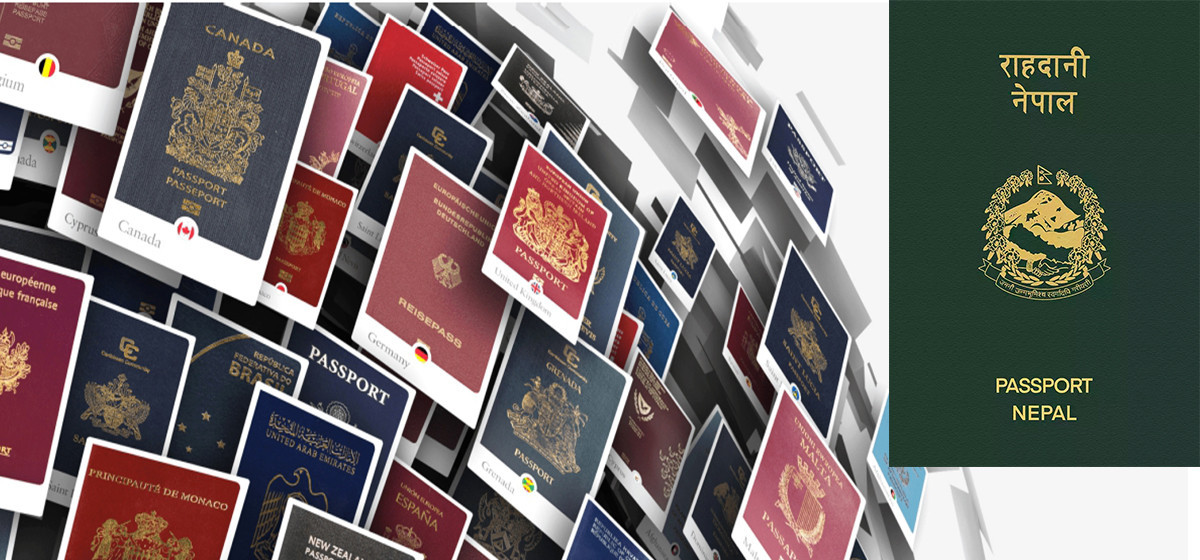
Leave A Comment